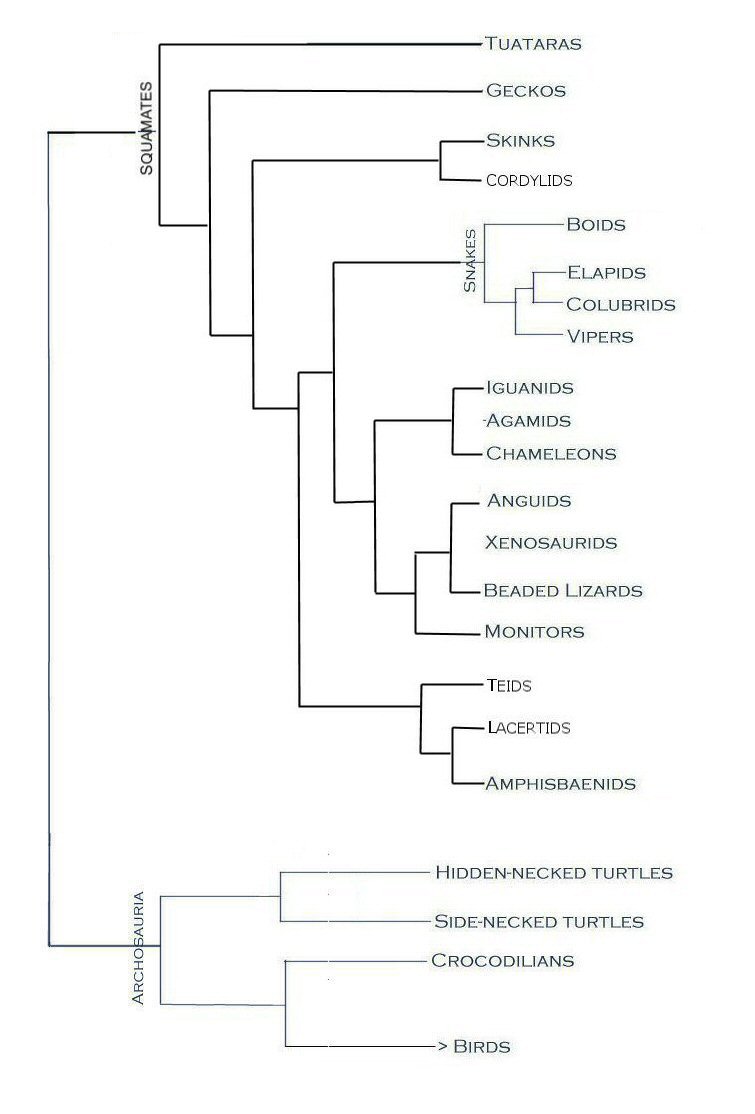
| Invertebrate Tree |
Fish Tree |
Tetrapod Tree |
Reptile Tree |
Bird Tree |
Mammal Tree |
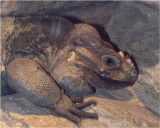 |
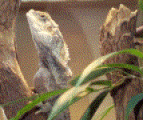 |
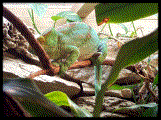 |
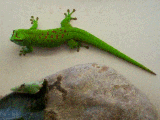 |
|
| Rhinoceros Iguana |
Frilled Lizard |
Parson's Chameleon |
Giant Madagascar Day Gecko |
(No picture) |
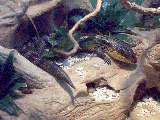 |
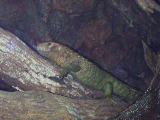 |
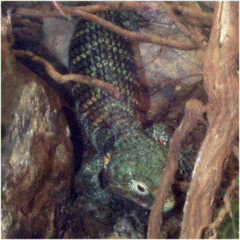 |
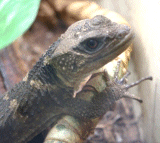 |
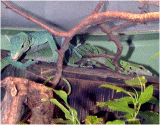 |
|
Blue-tongued Skink |
Caiman Lizard |
Atitlan Alligator Lizard |
(Oaxacan Rock Lizard) |
Green Tree Monitor |
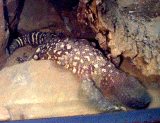 |
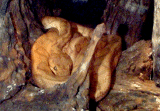 |
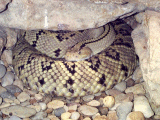 |
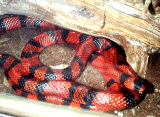 |
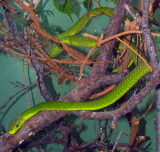 |
|
Mexican Beaded Lizard |
Annulated Boa |
Northwestern Neotropical Rattlesnake |
Honduran Milk Snake |
Tentacled Snake |
|
|
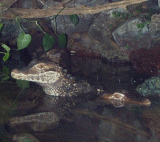 |
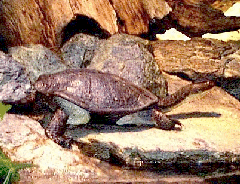 |
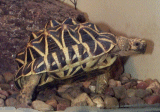 |
|
|
Dwarf Caiman |
Australian Snake-necked Turtle |
Indian Star Tortoise |
Sources of information:
- Harry Greene. Snakes: the Evolution of Mystery in Nature. University of California Press
- ( Read an excerpt from the book)
- Peter A. Meylan and Eric Ganko. Higher Relationships of Testudines.
- Cyberlizard's Rough Guide to the Lizard Families.
- Anthony Herrell. Lizards in the Lab
- Kevin de Queiroz and Emilia P. Martins. Unversity of Arizona's Tree of Life (Squamata)
- Philip J. Heise, et al. Higher-Level Snake Phylogeny Inferred from Mitochondrial DNA Sequences of 12s rRNA and 16s rRNA Genes. Mol. Biol. Evol. 12 (1995): 259-265.
- S. Blair Hedges and Laura L. Poling. A molecular phylogeny of reptiles. Science 283 (12 February 1999): 998-1001.
- Nicholas Vidal and S. Brail Hedges. A phylogeny of squamate reptiles (lizards, snakes and amphisbaenians) inferred from nine nuclear protein-coding genes. C. R. Biologies 328 (2005): 1000-1008.